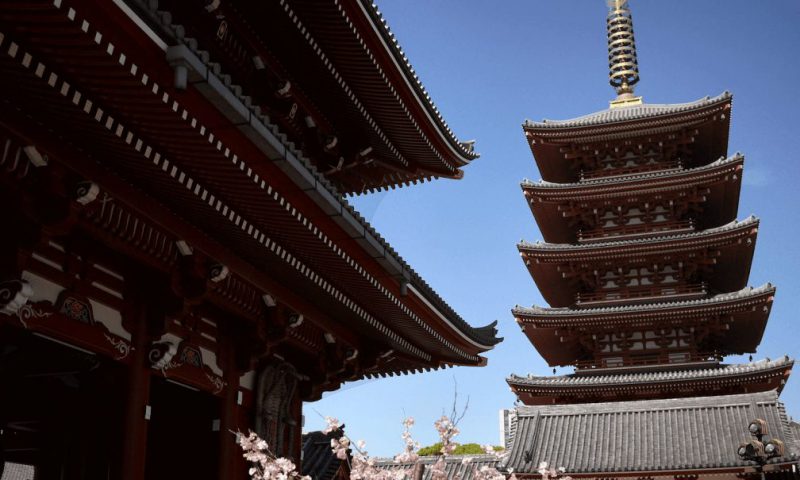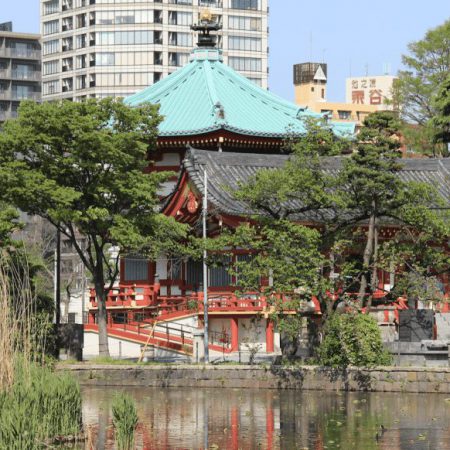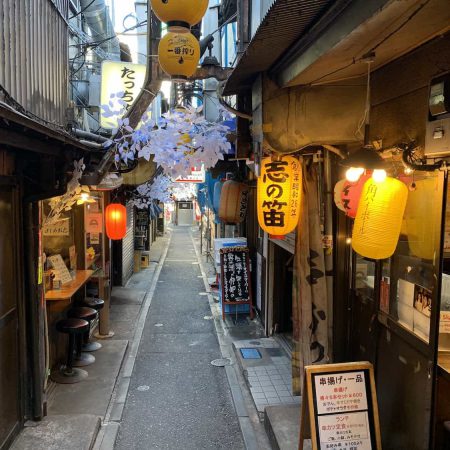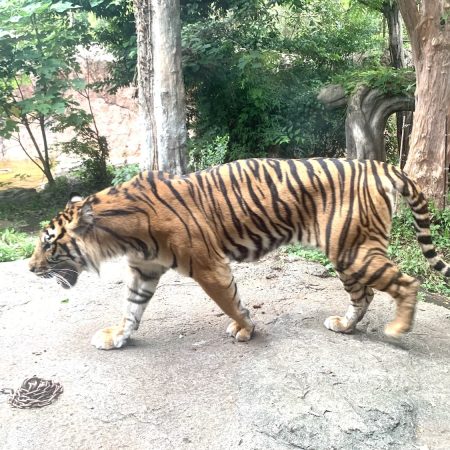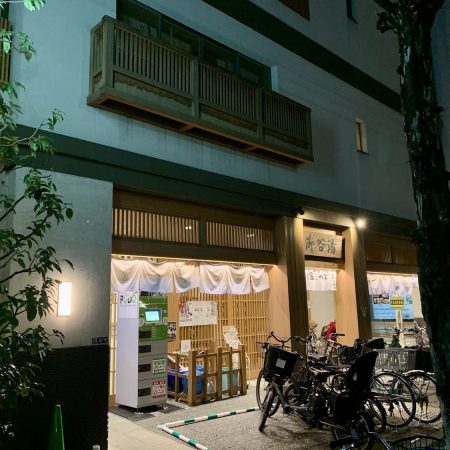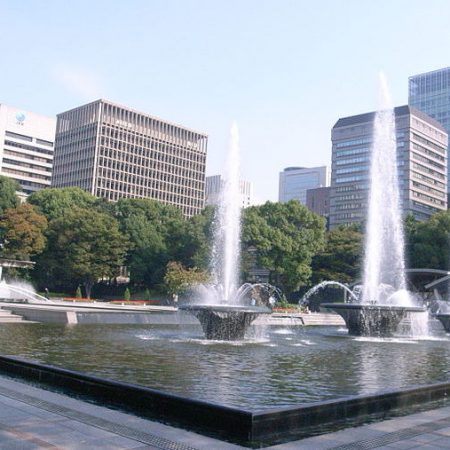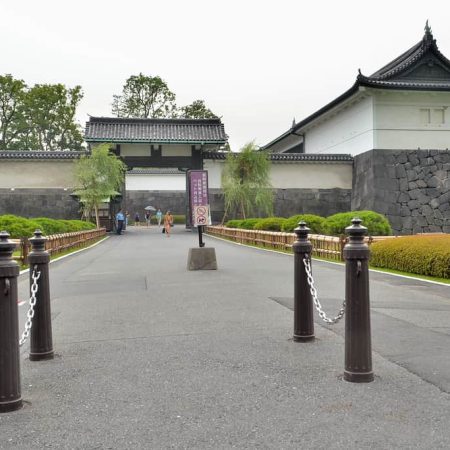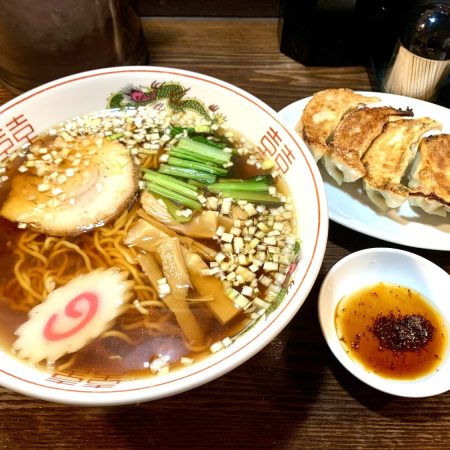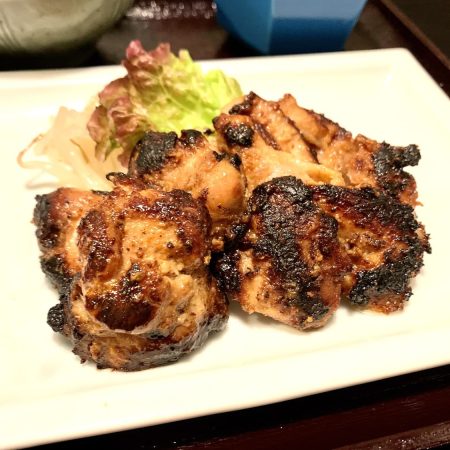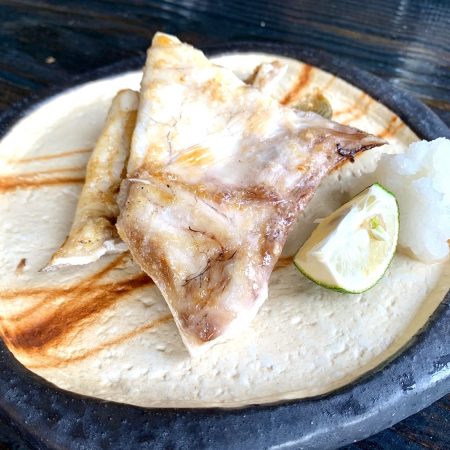Wondering what to do on your trip to Japan? Discover the best sights and things to do as recommended by the locals.
Sightseeing
Sensoji Temple(浅草寺)
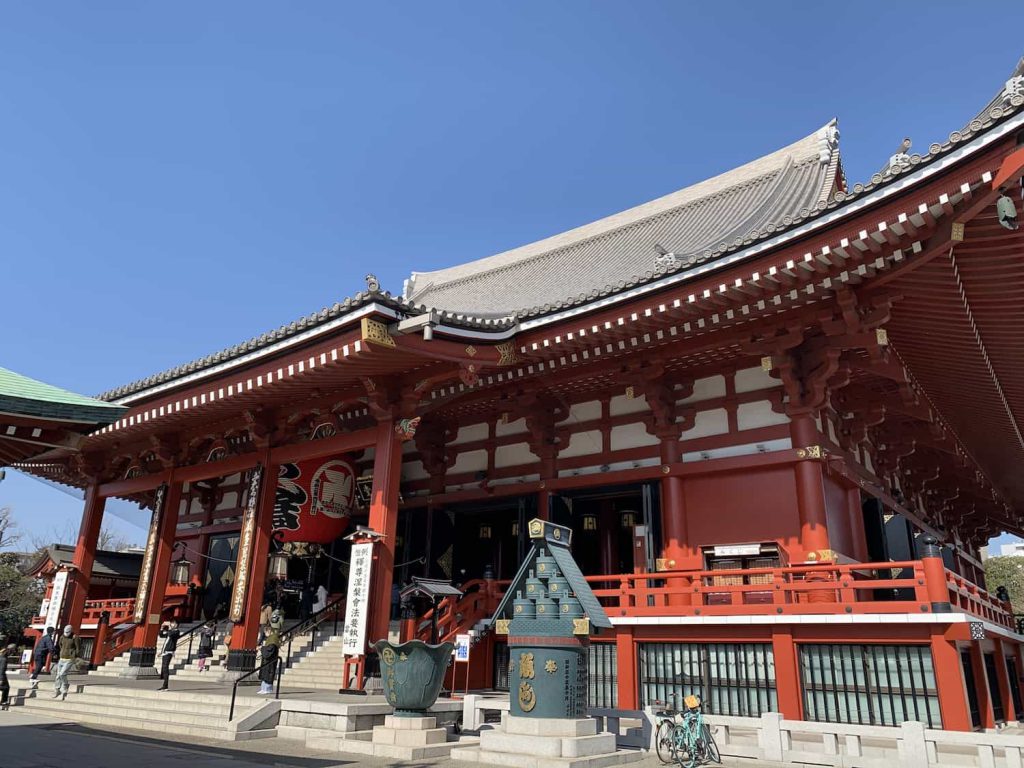
Sensoji Temple, an ancient Buddhist temple, is the symbol of Asakusa. It was built in 628 and, with 30 million visitors a year, is still one of the most popular temples in Japan. The temple prospered under the protection of the Kamakura (1192-1333) and Tokugawa (1603-1868) shogunates and continues to be popular with the general public as the “Kannon of Asakusa”.
According to legend, a golden statue of Kannon, the Buddhist goddess of mercy, was found in the Sumida River in 628 B.C. by two fishermen. Haji no Nakatomo, the chief of their village and a devout Buddhist, recognized the importance of the finding. He remodeled his own house into a small temple in Asakusa so that the villagers could worship the goddess.
- Address: 2-3-1 Asakusa, Taito-ku, Tokyo
- Phone: +81-3-3842-0181
- Hours: 6:00 – 17:00 (From 6:30 in October through March)
- Official Website: http://www.senso-ji.jp/english/
Asakusa Shrine(浅草神社)
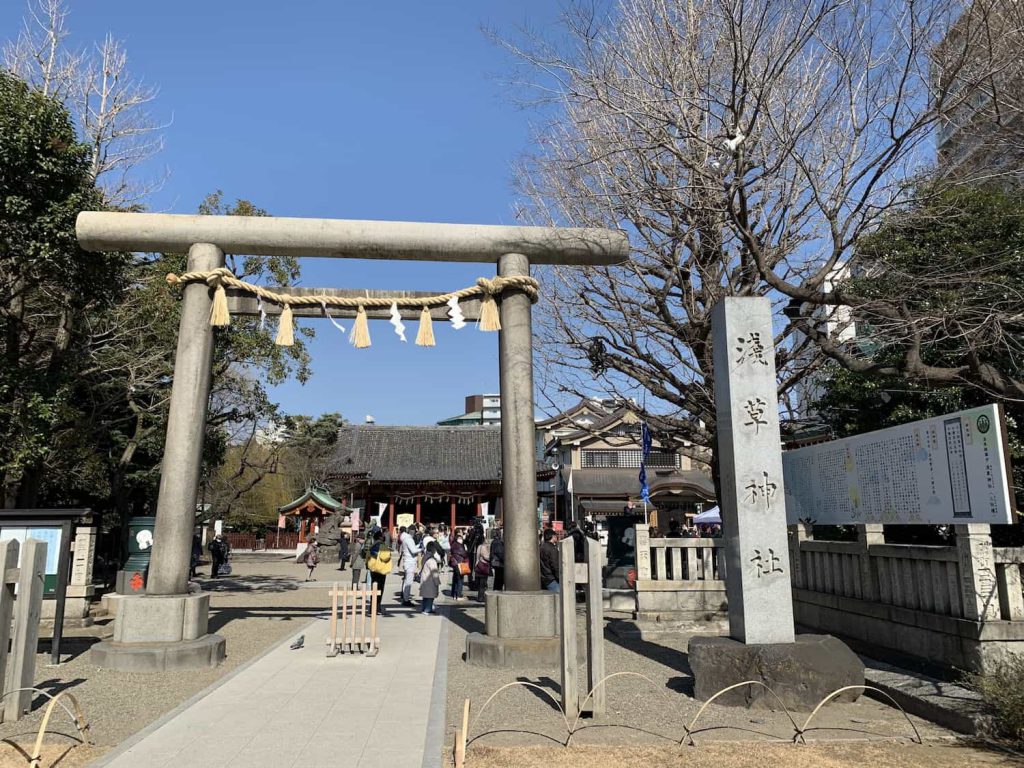
Asakusa Jinja Shrine, also known as Sanja-sama (Shrine of the Three Gods) is a popular shrine of the native Japanese Shinto religion. It is located very close to the famous Buddhist temple of Sensoji. This is a Shinto shrine dedicated to the three people (the two fishermen and village chief) responsible for the Sho-kannon statue, the main deity of Sensoji Temple. Sanja Matsuri, one of the three major Tokyo festivals, is held every May at the shrine.
Asakusa Shrine is part of a larger grouping of sacred buildings—both Buddhist and Shinto—existing in harmony in the area (see map below). It can be found on the east side of the Sensō-ji, down a street marked by a large stone torii.
- Address: 2-3-1 Asakusa, Taito-ku, Tokyo
- Phone: +81-3-3844-1575
- Official Website: https://www.asakusajinja.jp/english/
Skyscraper
Tokyo Skytree(東京スカイツリー)
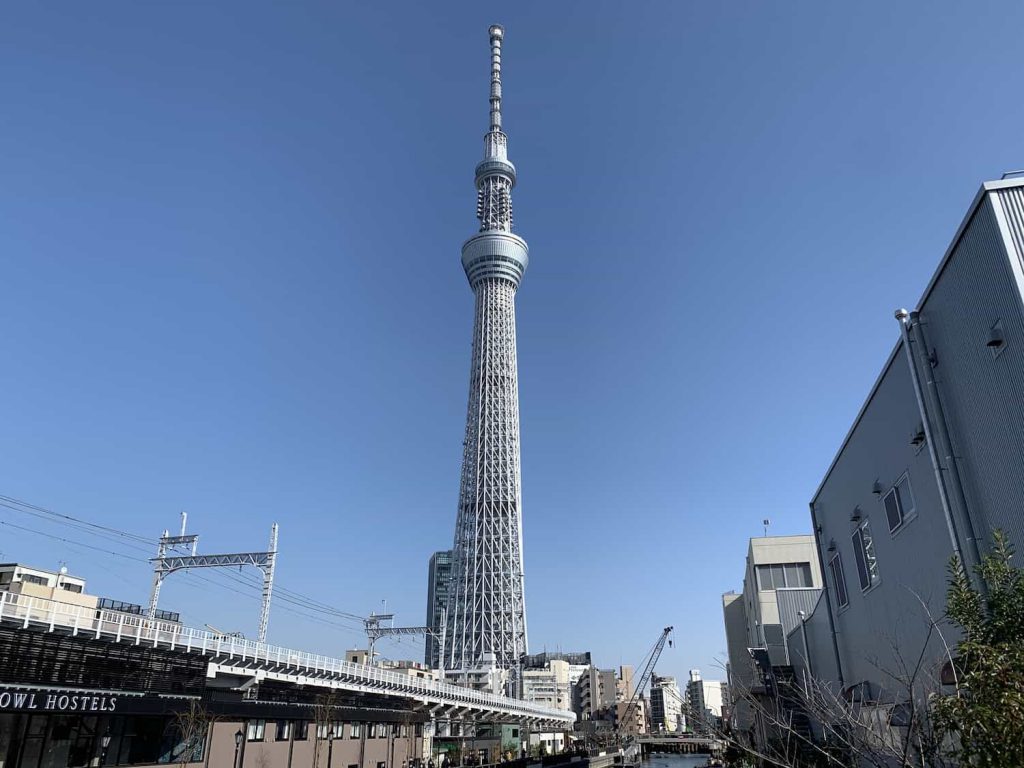
Opened in May 2012, the total height of 634 meters makes Tokyo Skytree the highest in the world and was recognized as a Guinness World Record. It is conveniently located within walking distance of Asakusa. The site includes an aquarium, planetarium, and many shops on the premises. There are two observation decks, a 350-meter high observation deck (Tembo Deck) and a 450-meter high observation corridor (Tembo Galleria). Many staff members are available to interpret in various languages. Tembo Galleria costs extra, but the view from there is breathtaking.
- Address: 1-1-2 Oshiage, Sumida-ku, Tokyo
- Phone: +81-3-3841-6545
- Hours: 9:00 – 21:00 (Last admission: 20:00)
- Admission Fee: Refer to official website
- Official Website: http://www.tokyo-skytree.jp/en/
Shopping
EKIMISE(エキミセ)

EKIMISE, literally translated as “station store,” is a new and popular destination for fashion, general merchandise, and electronics. It is a large shopping complex in the same building as the Tobu Asakusa railroad station. Halle Terrace on the rooftop of the building is a recommended spot to take pictures of Tokyo Skytree and the surrounding area. The rooftop terrace also includes a seasonal beer garden.
- Address: 1-4-1 Hanakawado, Taito-ku, Tokyo
- Phone: +81-3-6802-8633
- Official Website: https://ekimise.jp/en
Museum
Edo Taito Traditional Crafts Center(江戸たいとう伝統工芸館)
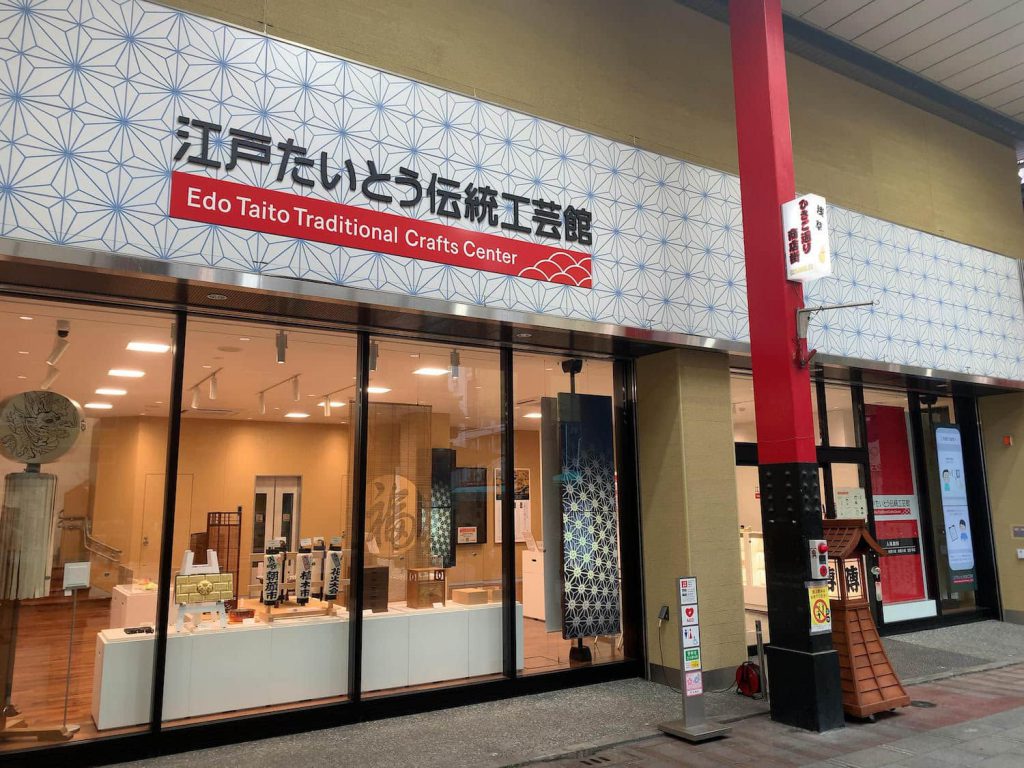
The museum showcases traditional Tokyo crafts such as Tokyo Ginki (Tokyo silverware), Edo Sashimono (wood joinery) and Hagoita (wooden paddles used to play a Japanese game called hanetsuki) which are produced in Taito ward.
On Saturdays and Sundays from 11:00 to 17:00, you can watch a demonstration of artisans at work.
- Address: 2-22-13 Asakusa, Taito-ku, Tokyo
- Phone: +81-3-3842-1900
- Hours: 10:00 – 18:00
- Closed On: Second and fourth Tuesday of each month
- Official Website: https://craft.city.taito.lg.jp/en/kogeikan/
Drum Museum(太鼓館)
You can see a fabulous collection of drums from Japan and all over the world. You can actually play the drums.
- Address: 2-1-1 Nishi Asakusa 4F Taito-ku, Tokyo
- Phone: +81-3-3842-5622
- Hours: 10:00 – 17:00
- Admission Fee: Adults: JPY500 / Children: JPY150
- Official Website: https://www.miyamoto-unosuke.co.jp/taikokan/
Entertainment
Hanayashiki(浅草花やしき)
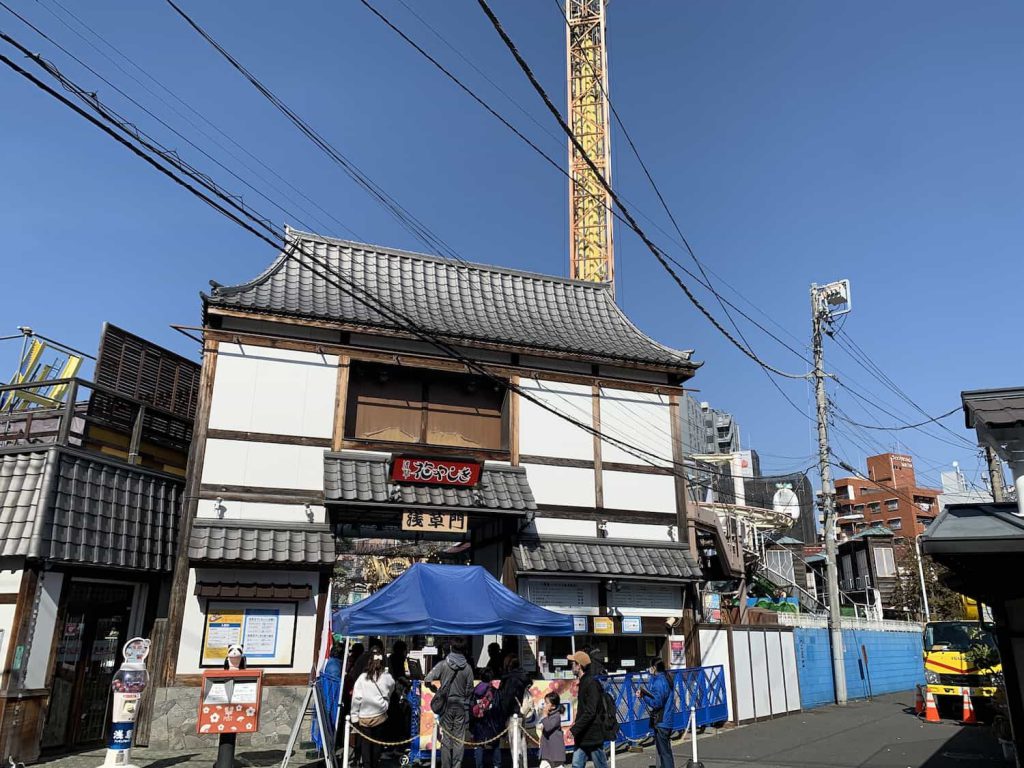
A long-established amusement park with a variety of attractions. Hanayashiki opened in 1853. Japan’s oldest roller coaster, built in 1953, is a popular attraction.
- Address: 2-28-1 Asakusa, Taito-ku, Tokyo
- Phone: +81-3-3842-8780
- Hours: 10:00 – 18:00
- Admission Fee: JPY500 (ages 7 to 12) / JPY1,000 (ages 13 to 64) / JPY500 (ages 65 and above) / Free (physically disabled person)
- Free Ride Pass (Admission is not included): JPY2,000 (ages 6 and under) / JPY2,200 (ages 7 to 12) / JPY2,500 (ages 13 to 64) / JPY2,000 (ages 65 and above)
- Official Website: https://www.hanayashiki.net/en
Asakusa Engei Hall(浅草演芸ホール)

Opened in 1964, this is one of the oldest rakugo (comic storytelling) venues in Asakusa. You can also enjoy a variety of performances, including manzai (a two-man comic act), mandan (stand-up comedy), magic tricks, acrobatics and impersonation.
- Address: 1-43-12 Asakusa, Taito-ku, Tokyo
- Phone: +81-3-3841-6545
- Hours: Day-time: 11:40 – 16:30 / Evening: 16:40 – 21:00
- Admission Fee: JPY3,000
- Official Website (Japanese Only): https://www.asakusaengei.com/
Park
Sumida Park(隅田公園)
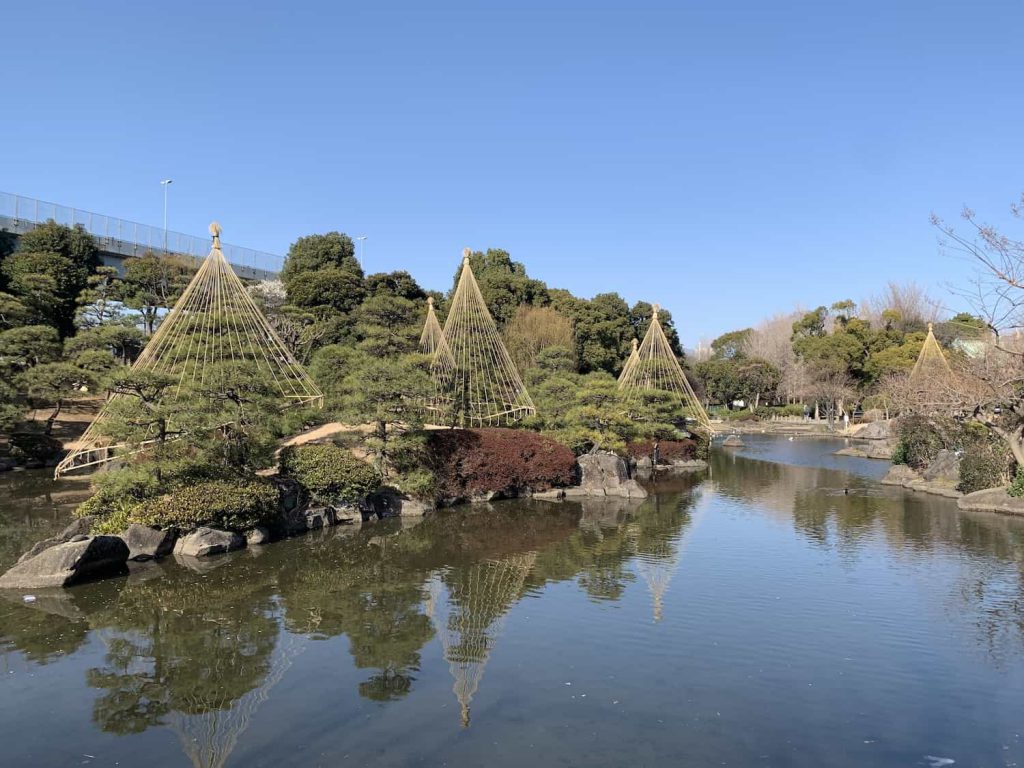
This park is a 1.3 km long park on the west bank of the Sumida River and upstream from Azuma Bridge. Cherry blossoms bloom in the spring provide a special attraction. The park is also crowded in summer when crowds gather for popular firework displays.
The park is also popular as a view point for the Tokyo Skytree.
Address: 1-3 Mukojima, Sumida-ku, Tokyo
Food & Drink
Nakamise Street
The 250-meter long Nakamise Street stretches from the Kaminarimon Gate to the Hozomon Gate. The street is lined with 90 stores dating from the Edo period.

Kimuraya Ningyo-yaki (木村屋人形焼本舗)
The shop is the originator of Ningyo-yaki (doll shaped sweets). There are four different shapes: pigeon, Kaminarimon (Thunder Gate), a five-storied pagoda, and Raijin-sama (thunder god). The shape of the Ningyo-yaki was designed by the founder who opened the shop in the Meiji era (1868-1912). We recommend that you visit the shop to see the craftsmen at work.
- Address: 2-3-1 Asakusa, Taito-ku, Tokyo
- Phone: +81-3-3844-9754
- Hours: 9:30 – 18:30
- Official Website (Japanese Only): http://www.asakusa-umai.ne.jp/umai/kimuraya.html
Kinryuzan(金龍山)
This shop is famous for its Agemanju (sweet deep-fried cakes). This is a Japanese confectionery wrapped with koshian (sweetened red bean paste) in a crispy crust.
- Address: 2-3-1 Asakusa, Taito-ku, Tokyo
- Phone: +81-3-3841-9190
- Hours: 9:00 – 17:30
- Closed On: Wednesdays
- Official Website (Japanese Only): http://www.asakusa-nakamise.jp/shop-6/kinryuzan/
Asakusa Chochin Monaka(浅草ちょうちんもなか)
The shop sells ice cream monaka (bean jam filled wafer) in the image of the classical lantern in Kaminarimon. In addition to standard flavors such as vanilla, green tea and kinako (roasted soybean flour), there are seasonal flavors as well.
- Address: 2-3-1 Asakusa, Taito-ku, Tokyo
- Phone: +81-3-3842-5060
- Hours: 10:00 – 17:30
- Official Website: http://www.asakusa-nakamise.jp/shop-6/monaka/e-index.html
Kikuya(喜久屋)
The shop sells Yomogi Dango (mugwort mochi) with red bean paste. It is perfect for a snack while strolling in Asakusa. The shop uses all domestic ingredients, including azuki beans, from Tokachi, Hokkaido.
- Address: 1-20-1 Asakusa, Taito-ku, Tokyo
- Phone: +81-3-3841-5885
- Hours: 10:00 – 17:30
- Closed On: Mondays
- Official Website: https://www.kikuya-nakamise.com/eng/
Souvenir Shop
Asakusa Takeya(浅草たけや)
The shop specializes in wooden chopsticks. Craftsmen make elaborate products from ebony and ironwood. Recommended for souvenirs.
- Address: 1-13-1 Asakusa, Taito-ku, Tokyo
- Phone: +81-3-3847-9914
- Hours: 9:00 – 19:00
- Official Website: http://www.asakusa-nakamise.jp/shop-4/takeya/e-index.html
Arai Bunsendo(荒井文扇堂)
The shop sells folding fans that are essential to Nihon Buyo (Japanese classical dance). The folding fans are useful in the hot season. Recommended for souvenirs.
- Address: 1-30-1 Asakusa, Taito-ku, Tokyo
- Phone: +81-3-3844-9711
- Hours: 10:30 – 18:00
- Official Website: http://www.asakusa-nakamise.jp/shop-3/bunsendo/e-index.html

